I would like to construct cumulative count for two groups and reweight it to level 1.
I know how to plot density in this case:
my_df = data.frame(col_1 = sample(c(0,1), 1000, replace = TRUE),
col_2 = sample(seq(1,100,by=1), 1000, replace = TRUE))
my_df$col_1 <- as.factor(my_df$col_1)
ggplot(data = my_df, aes(x = col_2, group = col_1, col = col_1))+
geom_density(position = 'dodge', size = 2)
However, if I try to plot cumsum I am getting the following picture:
As you can see second line starts where first line ends level.
Is there fix for it? I can always try to do computations manually and plot it, but I wonder if there is ggplot solution? There are some solutions that I found on SO, but they do not involve scaling data to level 1.


